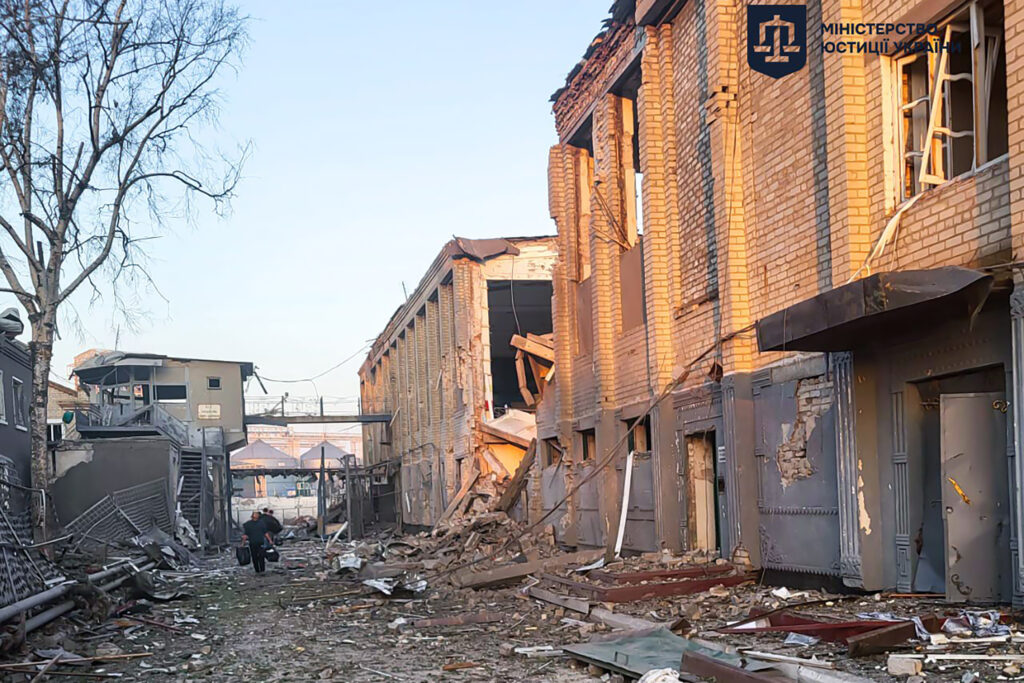Les pluies diluviennes qui frappent le nord de la Chine ont fait plus de 30 morts, provoqué des glissements de terrain meurtriers et entraîné l’évacuation de dizaines de milliers de personnes, ont annoncé mardi les médias d’Etat.L’agence météorologique nationale a émis son deuxième plus haut niveau d’alerte aux précipitations pour la capitale Pékin, sur une échelle en comptant quatre, a rapporté l’agence de presse officielle Chine nouvelle.Sont également concernées les régions limitrophes du Hebei, et la grande ville de Tianjin – où plus de 10.000 personnes ont été évacuées après une crue éclair, selon un média d’Etat-, ainsi que 10 provinces du nord, de l’est et du sud du pays. De fortes précipitations sont attendues jusqu’à mercredi, selon Chine nouvelle.A Pékin, ces violents orages ont fait 30 morts, selon le dernier bilan publié par les médias d’Etat, qui citent les autorités.Dans la capitale, notamment dans les zones rurales situées loin du centre, 80.332 personnes ont été évacuées, a indiqué le journal local Beijing Daily.”La pluie a été exceptionnellement intense cette fois, ce n’est pas comme ça normalement”, raconte à l’AFP Mme Jiang, une habitante du district pékinois de Miyun, sévèrement touché.”La route est pleine d’eau, donc les gens ne peuvent pas aller travailler”, explique-t-elle.Dans le village de Xinanzhuang, visité par des journalistes de l’AFP, des eaux boueuses ont submergé des maisons, des voitures et une route menant à une autoroute.- Soldats mobilisés -A proximité, des déversoirs évacuaient des torrents d’eau en provenance du réservoir de Miyun, un bassin de retenue dont les autorités ont indiqué qu’il avait atteint son niveau le plus haut depuis sa construction en 1959.La télévision publique CCTV a diffusé mardi soir des images de militaires en gilet de sauvetage orange, en train d’acheminer des vivres, de déblayer des débris et de la boue avec des pelles, ou encore d’évacuer personnes âgées, enfants et familles, en les aidant à porter leurs valises.Les districts pékinois de Huairou, dans le nord, et Fangshan, dans le sud-ouest, ont également été particulièrement touchés, selon les médias d’Etat.Le Beijing Daily a fait état de dizaines de routes coupées et de plus de 130 villages des environs privés d’électricité.Dans la province du Hebei, qui entoure la capitale, un glissement de terrain dans un village, survenu lundi, a tué huit personnes et fait quatre disparus, selon un nouveau bilan annoncé mardi par CCTV. Sur les réseaux sociaux, plusieurs utilisateurs inquiets disent ne plus pouvoir joindre des membres de leur famille vivant dans le canton montagneux de Xinglong, à Chengde.Mardi, les secouristes tentaient encore de rejoindre certains villages avec lesquels “tout contact” a été perdu, selon la radio nationale chinoise.- Aides débloquées -Le président chinois Xi Jinping a exhorté lundi soir les autorités à tout faire pour secourir les personnes dans le besoin et pour accélérer la mise à l’abri des habitants des zones à risque.CCTV a annoncé mardi le déblocage de deux enveloppes pour les opérations de secours dans neuf régions du pays touchés par les précipitations: l’une du gouvernement à hauteur de 350 millions de yuans (42 millions d’euros) et l’autre du Parti communiste au pouvoir, de 140 millions de yuans (17 millions d’euros).Une aide séparée de 200 millions de yuans (24 millions d’euros) a été réservée pour la capitale Pékin, selon la télévision publique.En 2023, de violentes précipitations avaient entraîné la mort de plus de 80 personnes dans le nord et le nord-est de la Chine, dont au moins 29 dans la province du Hebei, où de graves inondations avaient détruit maisons et cultures.Les catastrophes naturelles sont courantes en Chine, surtout durant l’été, quand certaines régions sont submergées par des pluies diluviennes pendant que d’autres sont en proie à la sécheresse.La Chine est le plus gros émetteur mondial de gaz à effet de serre qui, selon les scientifiques, accélèrent le changement climatique et rendent plus fréquents et intenses les événements météorologiques extrêmes.Le géant asiatique est aussi un leader mondial des énergies renouvelables et vise la neutralité carbone d’ici 2060.






